Record sales of Macs
In 2011, Apple set new sales records for its 27 year old Mac platform, hitting a milestone of 4.89 million Macs sold in the fiscal Q4 ending in September, a number 700,000 units larger that the previous year's record quarter of sales.
Just five years ago, Apple was selling 5.4 million Macs per year (hitting a quarterly peak of 1.6 million Macs in Q4 2006). Those sales were considered strong at the time, but after a half decade of introducing new Intel-based Macs the company's hardware sales have more than tripled, resulting in an installed base of more than 58 million users.
Compared to the 4 percent annual growth of the overall PC market, Apple has experienced six times the growth of the industry, with a 23 percent increase in Mac sales over the past year, even when excluding sales figures for the iOS-based iPad. Including iPad sales, Apple is now positioned to become the world's largest PC vendor by the middle of next year.
A new 2011 Mac hardware focus on mobility
Apple officially retired its Xserve line at the beginning of the year, and introduced no new Mac Pro to replace last year's "Mid-2010" model, moves that signaled a departure from conventional PC and server markets and an intensified focus on mobile systems.
In its most recent conference call, Apple reported that mobile Macs now make up 74 percent of its computer sales. In large part, that's because the company launched two new waves of MacBook Pro models featuring powerful new Sandy Bridge i5 and i7 processors, AMD graphics and the fast new Thunderbolt interconnect, affording its mobile systems a degree of power and expandability previously only available in a desktop tower. The new models also introduced fast 450 Mbps WiFi and higher quality FaceTime HD cameras.
In the summer, Apple introduced new MacBook Air models incorporating mobile versions of Intel's Sandy Bridge i5 and i7 chips along with Thunderbolt and Bluetooth 4.0, repositioning the Air as its entry level notebook by eliminating the white plastic MacBook model.
Apple also introduced new iMacs and a refreshed edition of its "unibody" Mac mini and Mac mini server that similarly incorporated the same faster CPUs and Thunderbolt connectivity features.
Thunderbolt enables new 2011 Macs the ability to drive two external displays (apart from the Air, which can power one) as well as serving as a conduit for PCI Express, supporting two bi-directional channels with transfer speeds up to 10Gbps each, all over a single cable. Apple also introduced its own 27 inch, $999 Thunderbolt Display providing 2.1 speaker sound, a FaceTime HD camera, 3 USB 2.0 ports, one Firewire 800, Gigabit Ethernet, and a Thunderbolt interface for connecting a chain of five additional devices.
On page 2 of 2: New Mac 2011 software, App Store, cloud services, The Mac future
In 2011, Apple released three free updates for Mac OS X Snow Leopard, the most significant new feature of which added support for the new Mac App Store. Following the success of the App Store for iOS devices, the Mac App Store launched a new way for Mac users to safely obtain software as a digital download.
Many third party developers, led by Pixelmator, have embraced the new store as their exclusive or at least primary means of distributing their software and advertising it to the Mac audience. Among the most successful developers embracing the Mac App Store is Apple itself, which currently produces seven of the store's top ten paid titles, and eight of the top eight highest grossing titles.
Apple launched the Mac App Store with its existing $15 iLife and $20 iWork apps, along with its professional Aperture photography software, discounted from $199 to just $79 as a digital download. The company later added a completely revamped Final Cut Pro X and Logic Pro 9 to the Mac App Store as their exclusive means of distribution, replacing its former $500 and $1000 suites with standalone apps costing $199 and $299. Apple also added the companion apps Motion 5 and Compressor 4 for $49.99 each, and MainStage 2 for $29.99.
The Mac App Store's most popular download by far, however, is Mac OS X Lion, which Apple released in July as a $29.99 upgrade for 64-bit Intel-based Snow Leopard users. Apple announced in its first quarter of sales that there were 6 million downloads of Lion, an 80 percent increase in sales over Apple's previous Snow Leopard release.
As Apple's first digital download of a desktop operating system, the Lion upgrade introduced a variety of features, many of which drew upon the company's experience in launching the iPad (including automatic file saving and undo revisions; updated apps with a simplified, iPad-like appearance; a Launchpad that offers easy access to apps similar to the iOS home screen; iOS-like spell checking and foreign character input; support for full screen apps and an expanded use of iOS-like multitouch gestures to navigate the interface).
Lion also introduced full disk encryption with FileVault 2; expanded accessibility including multilingual VoiceOver screen reader support; significant improvements to Safari 5.0; a variety of security enhancements; better Spotlight search; expanded Quick Look features and the ability to authenticate users via their Apple ID, among what Apple describes as more than 250 features.
A final major feature related to Lion and iOS 5 is iCloud. Mid year, Apple's Steve Jobs outlined at the company's Worldwide Developer Conference how all three components would work together to replace the "digital hub" strategy he had unveiled ten years earlier with a new cloud computing model that would radiate from the company's servers, enabling users to manage apps, photos, calendars, contacts, documents and purchased content between computers and mobile devices.
The Mac future
While setting new hardware sales records and releasing the origins of an entirely new cloud based computing environment this year, Apple also achieved ten years of Mac OS X development and fifteen years of an impressive reinvention of the company under Steve Jobs, following Apple's fateful acquisition of NeXT at the end of 1996.
Apple's iMac and MacBook Pro are the number one selling notebook and desktop in the U.S., even though Apple still has a relatively small share of the overall PC market, offering plenty of growth potential. While the company has experienced even faster and more lucrative growth in its iPhone and iPad sales, it has made it clear that the Mac platform is central to its business, and won't be sidelined as many pundits had predicted as sales of the iPod and later iOS devices exploded throughout the last decade.
Rather than being left behind, Apple has used Mac OS X as the basis for developing iOS, and has since shared technologies between the two at a rapid pace, progressively enhancing both platforms in tandem. While the development of Mac hardware and software was broad and deep in 2011, it certainly wasn't all Apple achieved in the year. The next segment will look at what else the company delivered in parallel, based on its mobile iOS platform.
 Daniel Eran Dilger
Daniel Eran Dilger
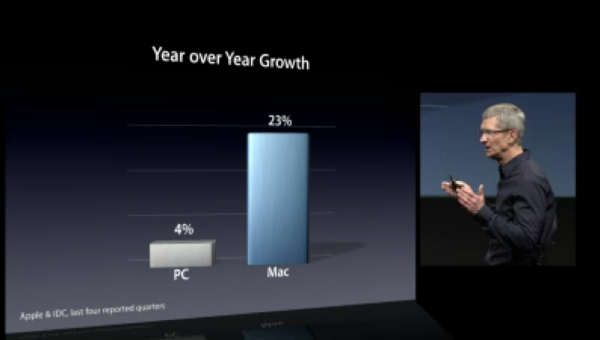

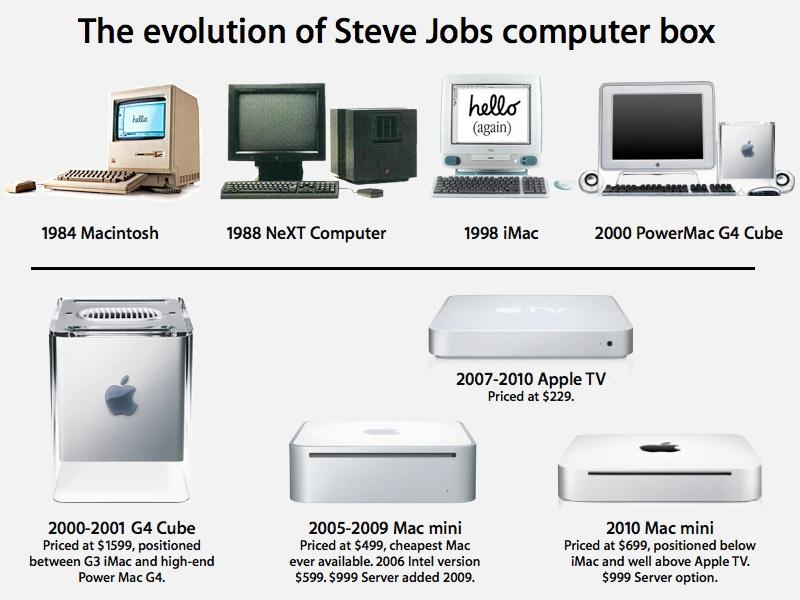
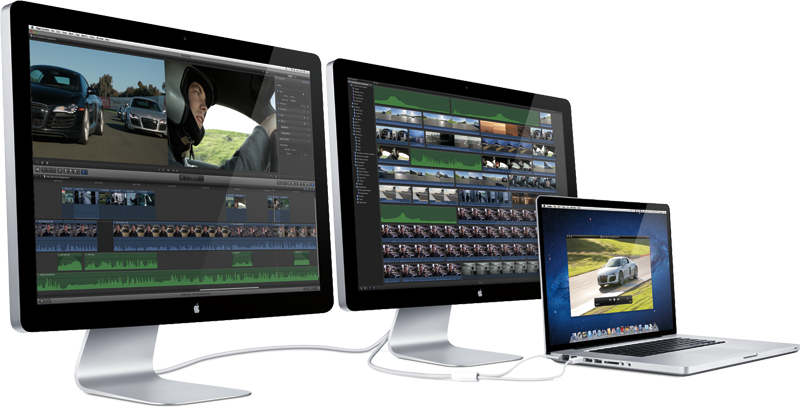
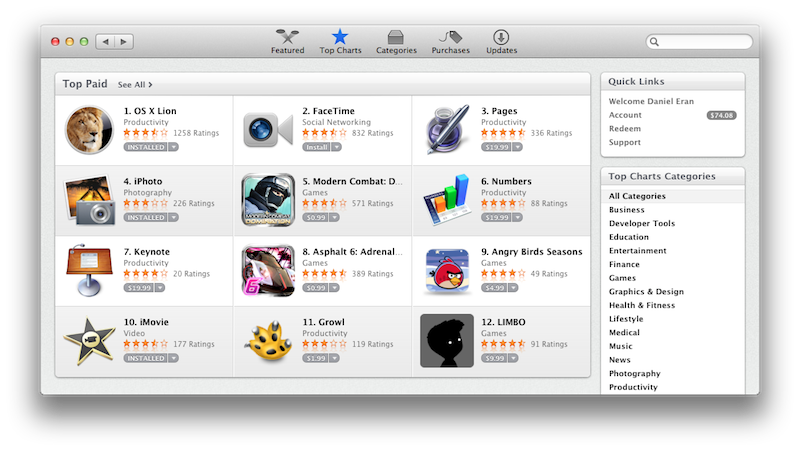
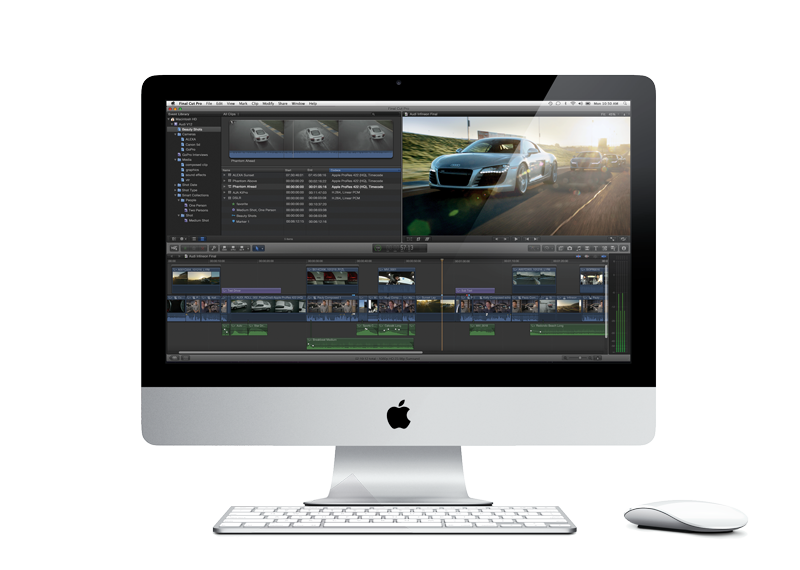
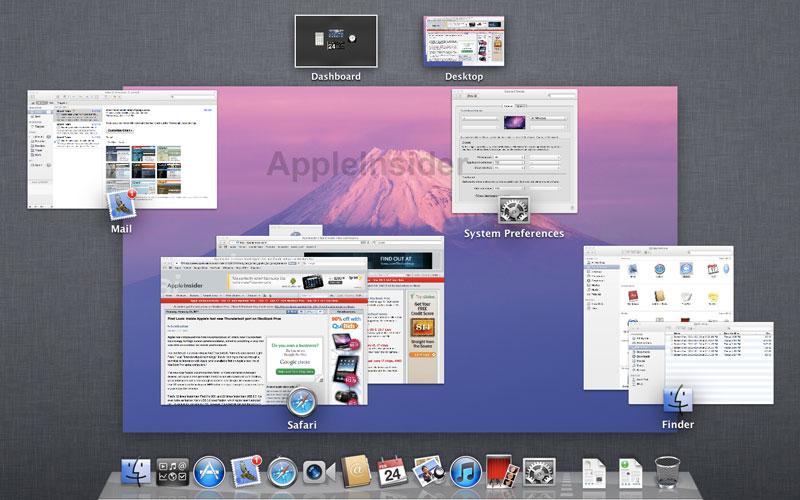
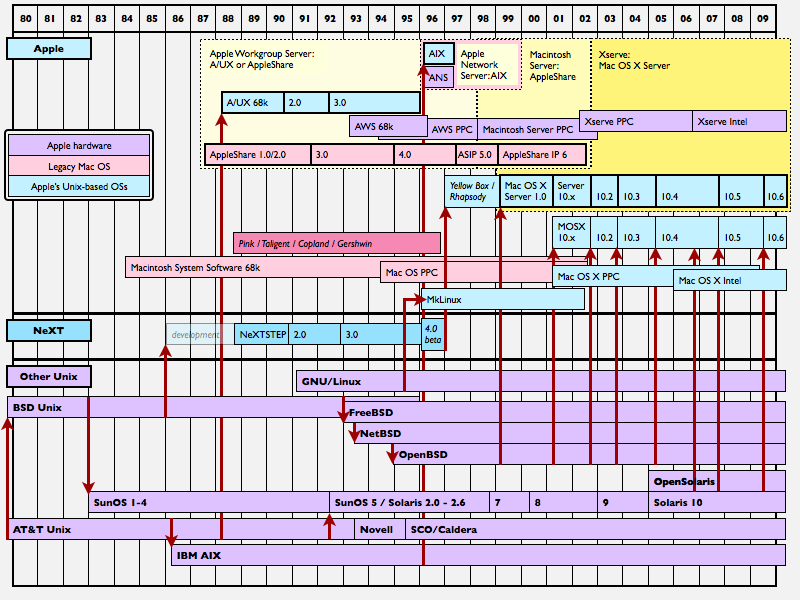


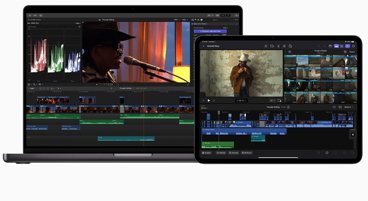
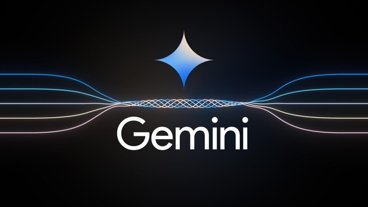


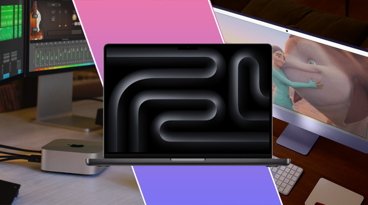






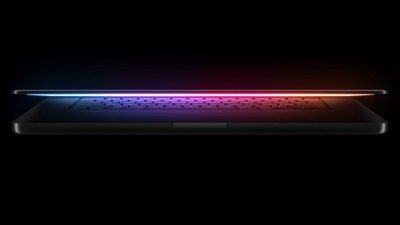
 Wesley Hilliard
Wesley Hilliard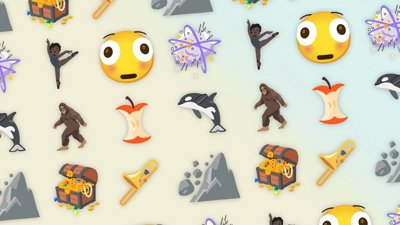
 Malcolm Owen
Malcolm Owen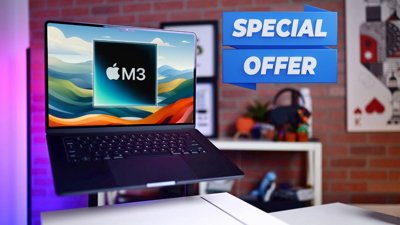
 Christine McKee
Christine McKee
 Andrew Orr
Andrew Orr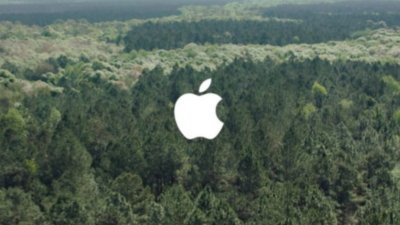

 William Gallagher
William Gallagher
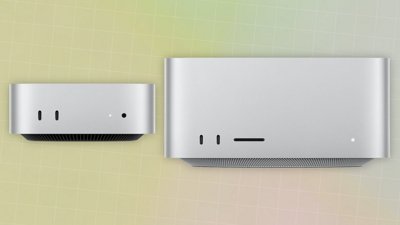
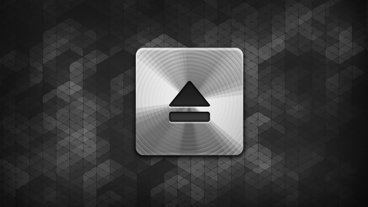
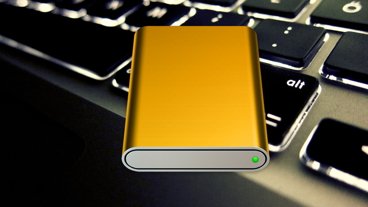






18 Comments
Bottom line-
If I had to pick between:
-Blackberry (or android) and an iMac (or MacBook)
-iPhone and a Windows PC (or laptop)
I'd take the iMac and blackberry any day. Of course I love iOS and iPhone, but the Mac and osx is so lightyears ahead of anything else in terms of software, ease of use, and design. I love it. Still my favorite product they make.
Great year Apple!
This year, Apple's Mac OS X platform turned ten years old, launched the 10.5 Lion reference release, introduced the Mac App Store and iCloud, and delivered a series of new Macs boasting fast, flexibleThunderbolt connectivity and speedy new Sandy Bridge processors.
Umm... It's 10.__7__ Lion.
Undoubtedly 2011 has been a momentous year for Apple. One disappointment though is that Lion is perhaps the worst release of OSX to date. It's less responsive and less stable than Leopard or Snow Leopard. We've become used to the idea that stuff "just works", and unfortunately with Lion, all too often that is not the case. I wonder if some of the talent that made previous Mac software so great has been diverted to the iOS effort. It's still the best, but not by such a great margin any more.
Undoubtedly 2011 has been a momentous year for Apple. One disappointment though is that Lion is perhaps the worst release of OSX to date. It's less responsive and less stable than Leopard or Snow Leopard. We've become used to the idea that stuff "just works", and unfortunately with Lion, all too often that is not the case. I wonder if some of the talent that made previous Mac software so great has been diverted to the iOS effort. It's still the best, but not by such a great margin any more.
Honestly I'm pretty happy with Lion, do you have new-ish hardware?
i have the core duo 11 air it runs crazy smoothly & the mac mini with 8gb of ram, it goes not as well as the air, the SSD makes the difference i think, HDD is a bottle neck, sorry i got on a rant, i cant wait for the Ivy bridge air, so getting the 13" :O
In 2012 I'll be upgrading my iPad2, to a 3 3G,, my iP4s to a iP5, my original intel iMac for an 11" MBA, and buying, hopefully, an Apple television towards the end of the year! Upgrade my brother MFC to an AirPlay capable HP Envy wireless printer so I can print from my iOS devices.
I was going to get a Time Capsule...but I like the idea of not owning any devices wirh spinning HD's or optical drives for that matter. Not to mention all the cables and power bricks I won't have.
Perhaps, I will just backup everything with iCloud and Dropbox. Probably will have to go thru and delete half of my music and keep 25% of my photos...and just a few movies! Oh well, time for a spring cleaning, anyway.That is if I can restart my business after being raped by "wanker bankers" for the last 3 years!